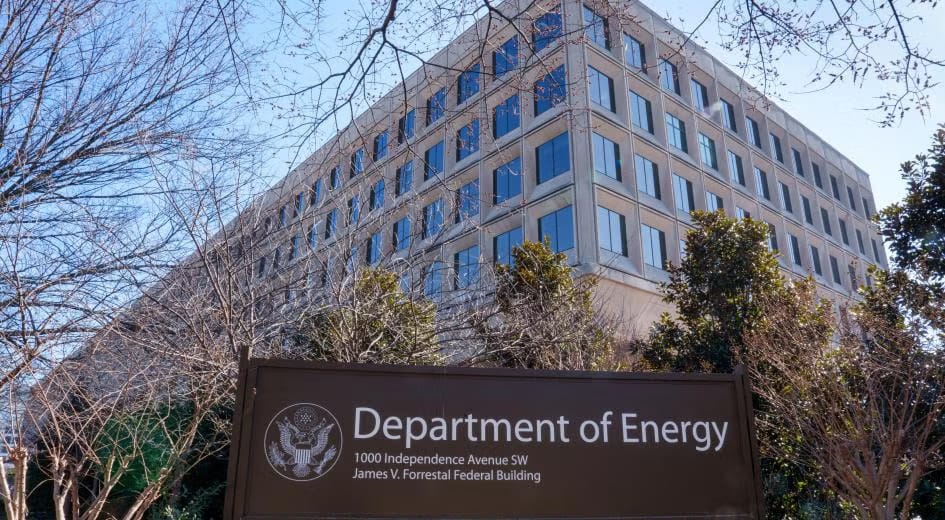Executive Summary:
The United States is exploring whether some of its Cold War-era plutonium from dismantled warheads could be offered, under tight controls, to nuclear energy companies as reactor fuel. The idea aims to reduce an expensive stockpile and support a growing nuclear power push, but it raises safety, security, and non-proliferation questions that have divided experts for decades.
A new pathway for old material
The United States holds tens of metric tons of plutonium declared surplus to defense needs after the Cold War. For years, Washington has wrestled with how to get rid of it in a way that is permanent, safe, and acceptable to allies and watchdogs. One option, tested in other countries, is to blend plutonium into mixed-oxide fuel—known as MOX—for use in civilian reactors. That approach was once the core of a U.S.-Russia disposition deal signed in 2000, but the American MOX plant at the Savannah River Site was canceled in 2018 after cost overruns, and Washington shifted to a different route that dilutes the plutonium and disposes of it in an underground repository in New Mexico. The latest move to gauge industry interest in civilian fuel use suggests the door is being nudged open again for a commercial pathway, at least for pilot projects, alongside the ongoing disposal plan. Any access would be tightly managed by the Department of Energy and the National Nuclear Security Administration, with the Nuclear Regulatory Commission handling reactor licensing and the International Atomic Energy Agency’s safeguards likely in the mix.
Why experts urge caution
Turning weapons-grade plutonium into power-plant fuel is not a simple swap. Plutonium behaves differently in a reactor core than conventional uranium fuel, which means fresh safety analyses, new handling requirements, and specific operator training. Security is another concern: plutonium is categorized as a direct-use material, requiring armed transport and stringent storage, and any movement across the country would inevitably run through communities that have to plan for the unlikely but consequential risks of an accident or attempted theft. There’s also the non-proliferation optics. For decades, the U.S. has pressed other countries to minimize separated plutonium stocks because they can be repurposed for weapons. Expanding civilian uses at home would need to be paired with clear controls and messaging to avoid weakening that stance. On top of these issues is the basic question of practicality. Only a handful of U.S. reactors have ever experimented with MOX fuel, and none uses it today. Advanced reactors that could potentially consume plutonium-based fuels remain years from large-scale deployment. Utilities, which prize operational simplicity and predictable costs, would require strong incentives to take on added complexity after the collapse of the earlier MOX program.
Communities and industry in the middle
If this moves forward, the first people affected will be the workers and towns around facilities that make, transport, and use the fuel. In South Carolina, the Savannah River Site has long been central to U.S. plutonium work and would likely play some role, whether in processing or packaging. In New Mexico, the Waste Isolation Pilot Plant near Carlsbad remains the endpoint for the government’s current dilute-and-dispose strategy; adding a commercial fuel pathway could change shipment schedules and volumes, with knock-on effects for local planning. Reactor host communities would weigh the benefits of steady jobs and tax base against new security protocols and public perception challenges. For power companies, the calculus is mixed. Nuclear plants provide reliable, carbon-free electricity, and fuel diversification can be an asset. But any move into plutonium fuel demands new licensing, staff training, and insurance considerations. In a sector already navigating supply constraints for advanced uranium fuels and tight construction budgets, the bar for adoption is high unless federal support and clear timelines are on offer.
The international picture
Globally, there’s precedent but not a consensus. France has used MOX fuel for decades in part of its reactor fleet under strong national controls. Japan has restarted limited MOX use after the Fukushima disaster slowed its nuclear program. The United Kingdom still has the world’s largest civilian plutonium stockpile and has debated options from immobilization to using fast reactors, without a final decision. Russia suspended its disposition deal with Washington in 2016 and now loads MOX into its BN-800 fast reactor, highlighting the split between the two countries’ approaches. Any U.S. pivot back toward civilian plutonium fuel would echo that French and Japanese model, not the Russian one, but it would still reverberate through non-proliferation diplomacy. Allies and rivals alike will watch whether Washington can square new civilian uses with long-standing efforts to reduce global separated plutonium inventories and limit the spread of sensitive fuel cycle technologies
This is a developing policy space rather than a done deal. The early markers to watch are formal requests for information or proposals from the Department of Energy, signals from the Nuclear Regulatory Commission about licensing pathways for MOX or plutonium-bearing fuels, and whether any utility steps forward with a pilot plan. On the ground, communities near Savannah River and potential fuel fabrication sites will be key barometers of public acceptance, as will governors and state regulators who oversee emergency preparedness and transport routes. Congress will also have a say through budgets and oversight, especially given the cost history of the last MOX effort. Internationally, expect quiet consultations with close partners and the IAEA on safeguards and transparency. All of this will unfold alongside the broader push to expand nuclear power for climate goals, where the practical need for reliable fuel and predictable timelines often decides what gets built—and what remains an idea on paper.














Discussion